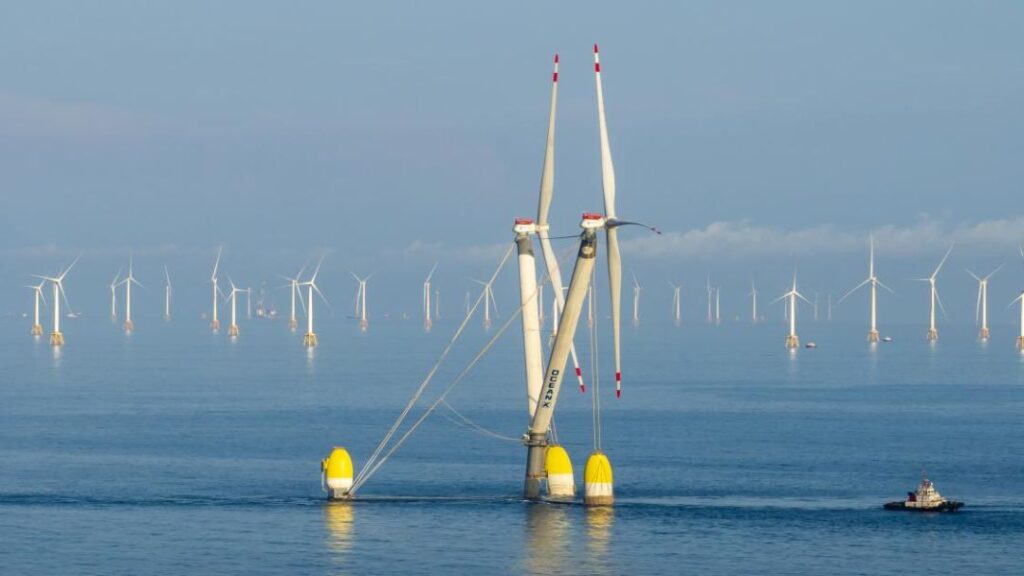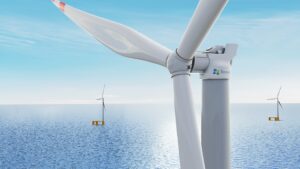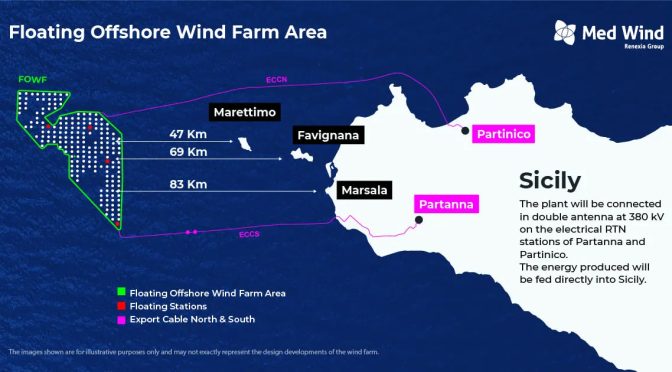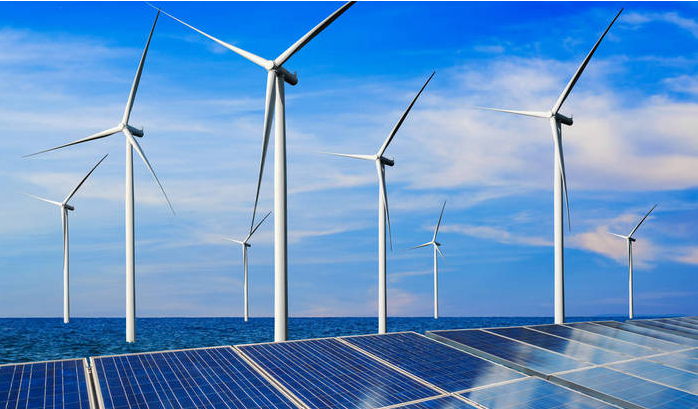As part of Air Liquide’s mandate to increase green hydrogen production capacity, work has begun on 20-megawatt proton exchange membrane (PEM) hydrogen system at its Bécancour plant in Quebec, Canada.

Upon completion, the project will be the largest-of-its-kind to produce green hydrogen, producing 3,000 tonnes of hydrogen output annually, and will reduce carbon dioxide emissions for the region by approximately 27,000 tonnes annually.
Today in a new project update, Canadian consulting engineering and project implementation company Hatch has said that it will provide its services for the project.
“We are committed to designing, building, and supporting practical solutions that reduce the presence of greenhouse gases in our atmosphere in order to mitigate the unavoidable climate change-related impacts to the natural environment,” said Michel Carreau, Director within Hatch’s renewable power group.
“Green hydrogen is one path we can take to achieve this goal. By combining Hatch’s multi-disciplinary engineering expertise and management services with Air Liquide, we have the right expertise to deliver this cutting-edge project which will implement the first large-scale use of novel PEM technology.”
For the project, Hatch will provide EPCM services which will include civil, structural, and architectural engineering for the main process plant and other critical plant infrastructure components; heating, ventilation, and air conditioning engineering; construction management and site preparation; health and safety management; as well as project management and controls.
In a statement, Michael Gradd, Executive Vice-president & Executive Committee Member of Air Liquide S.A. and Chairman of American Air Liquide Holdings said, “This investment will further contribute towards carbon-free hydrogen supply for Air Liquide industrial and mobility markets in North America and complement the recently announced hydrogen investment for the energy markets in the western US.”
“Both are reflective of the Group’s climate objectives to reduce the carbon intensity of its activities and work with customers towards a sustainable industry and the development of a low-carbon society.”







